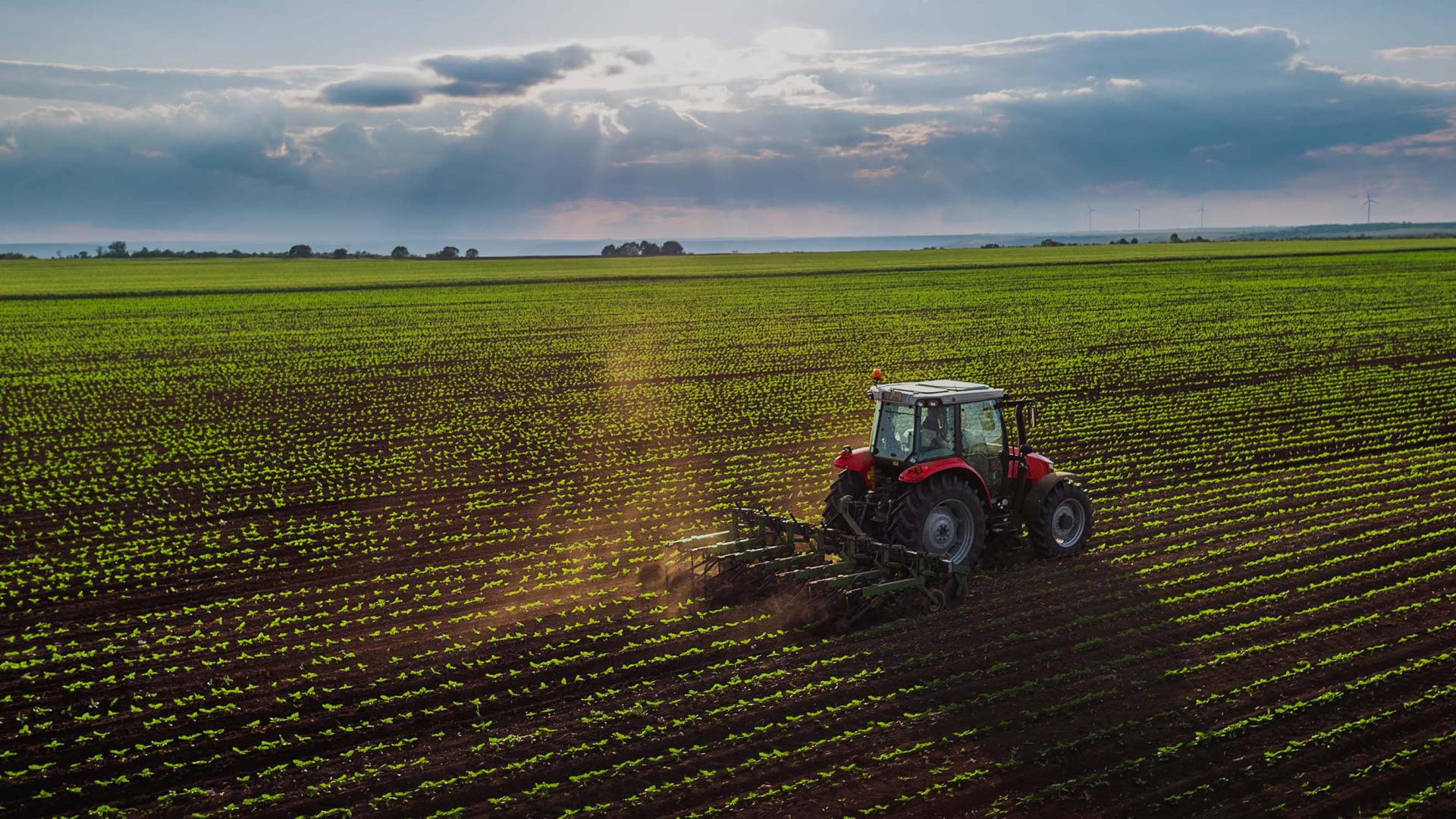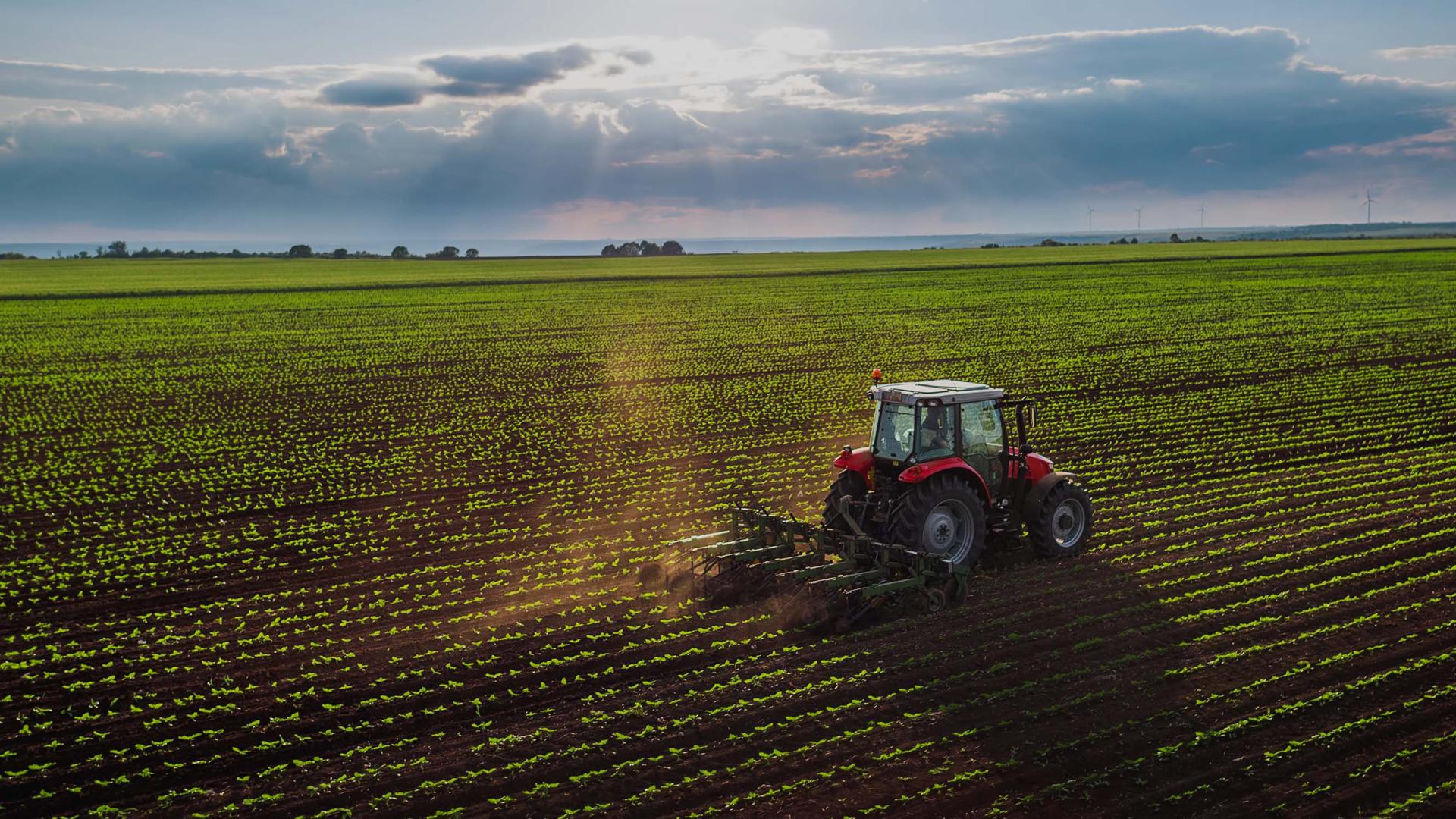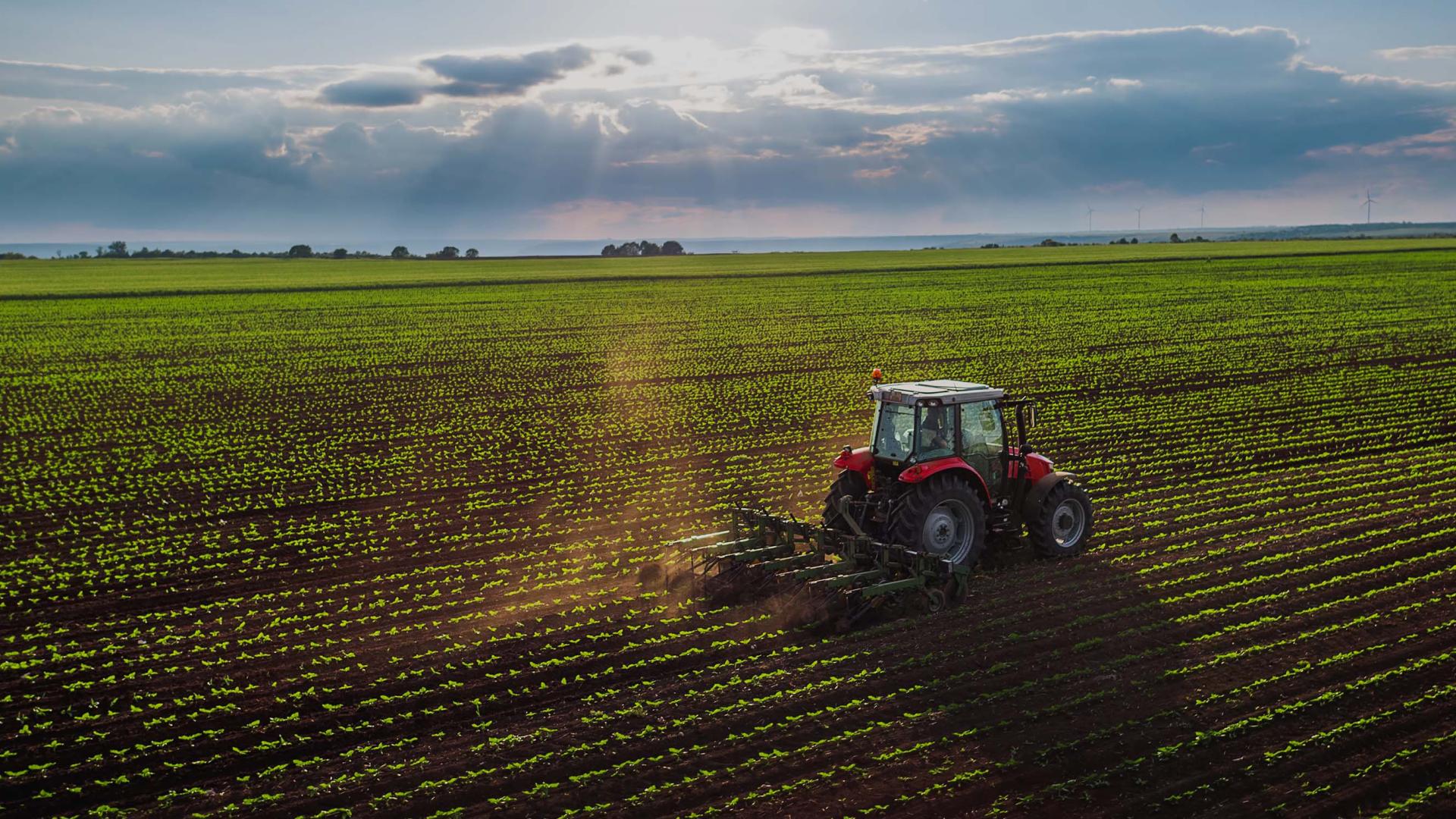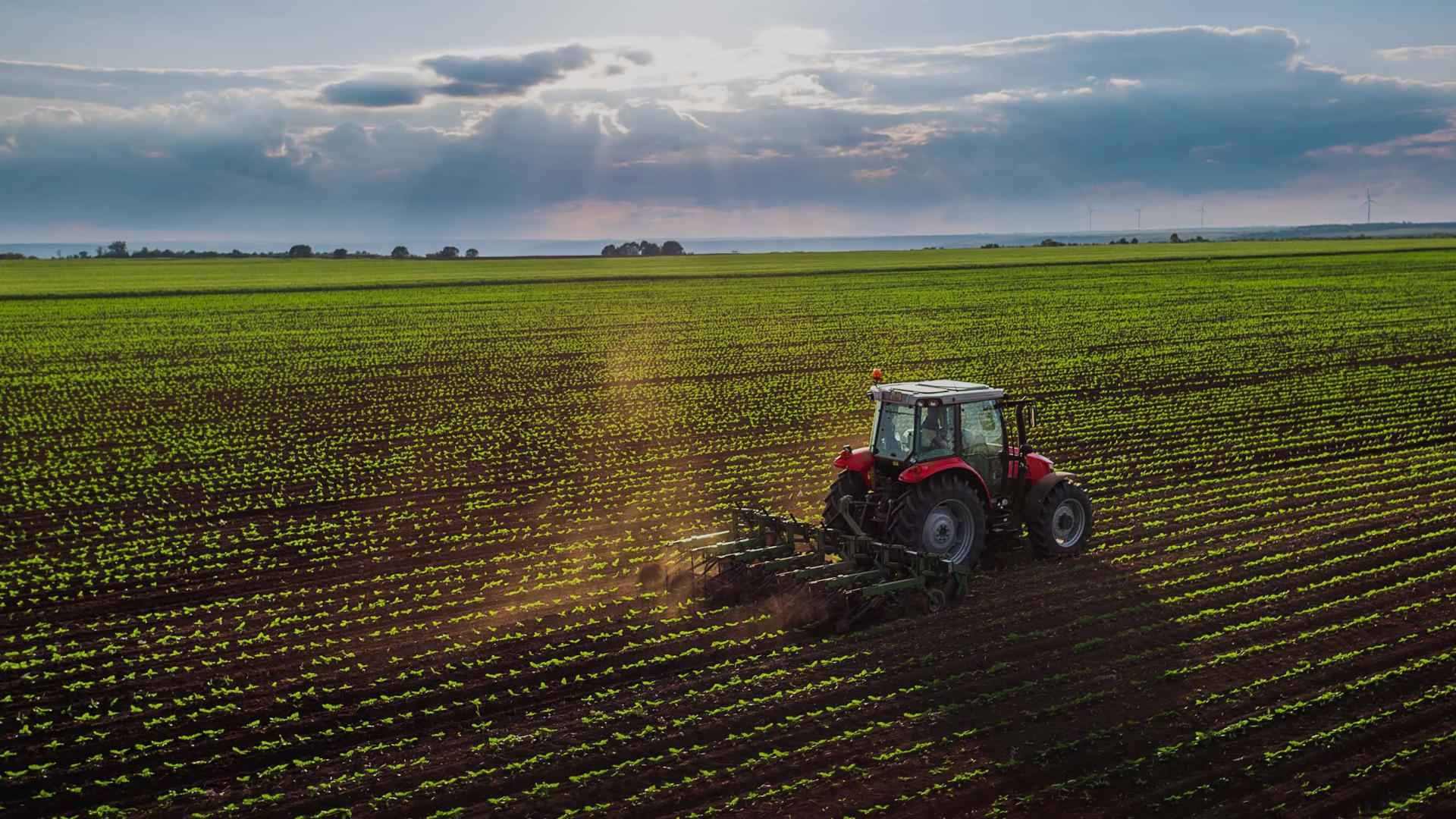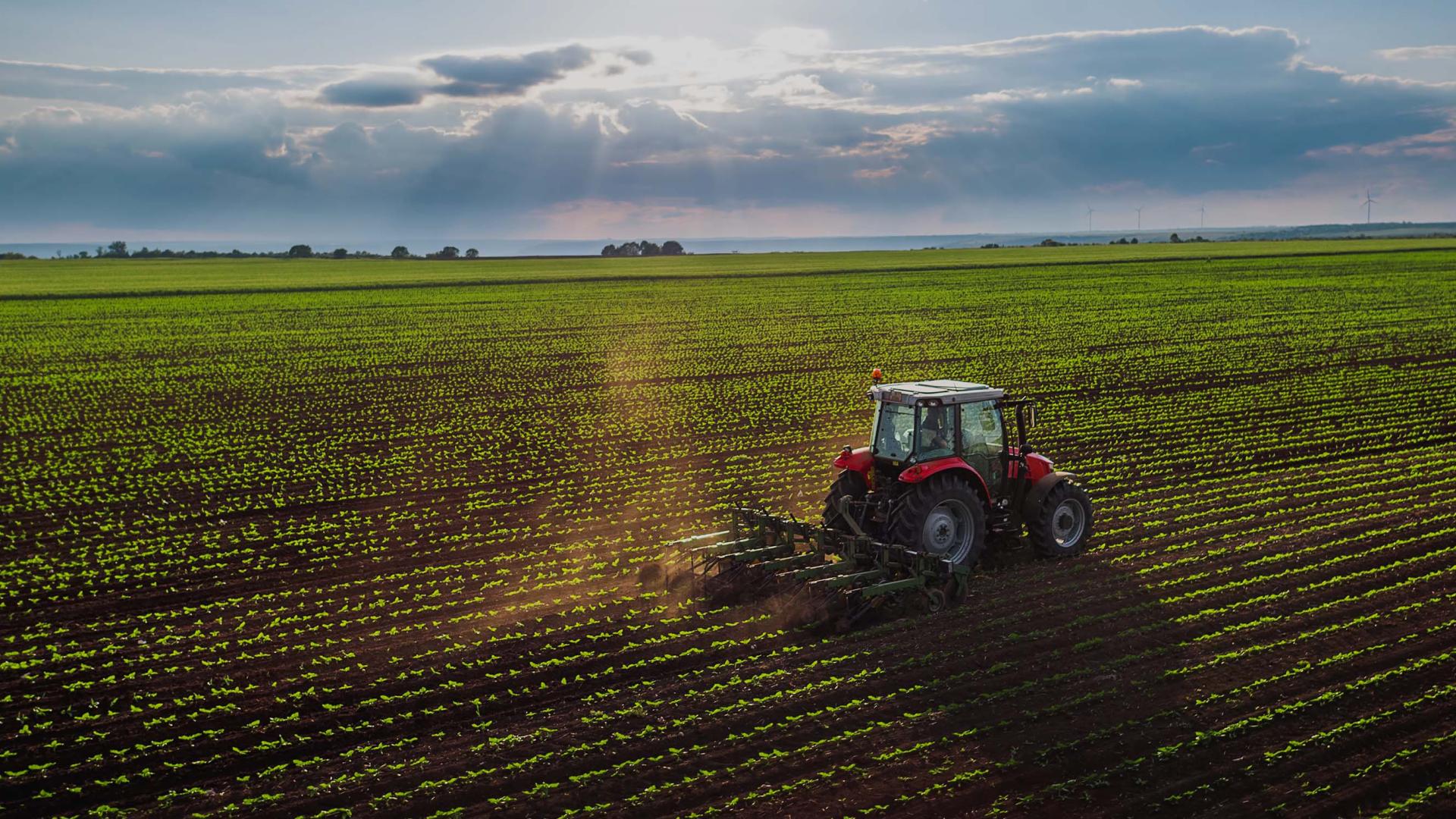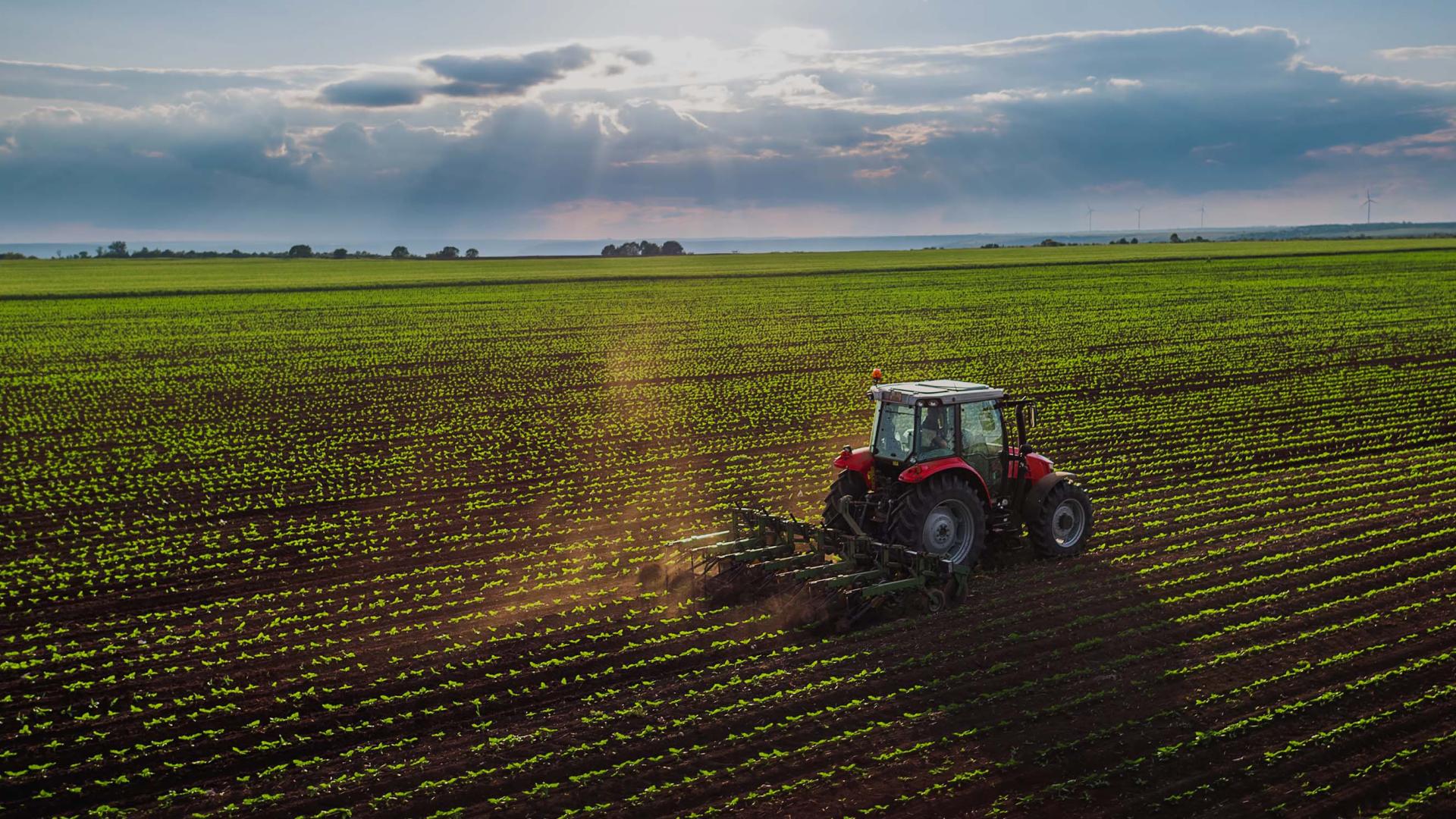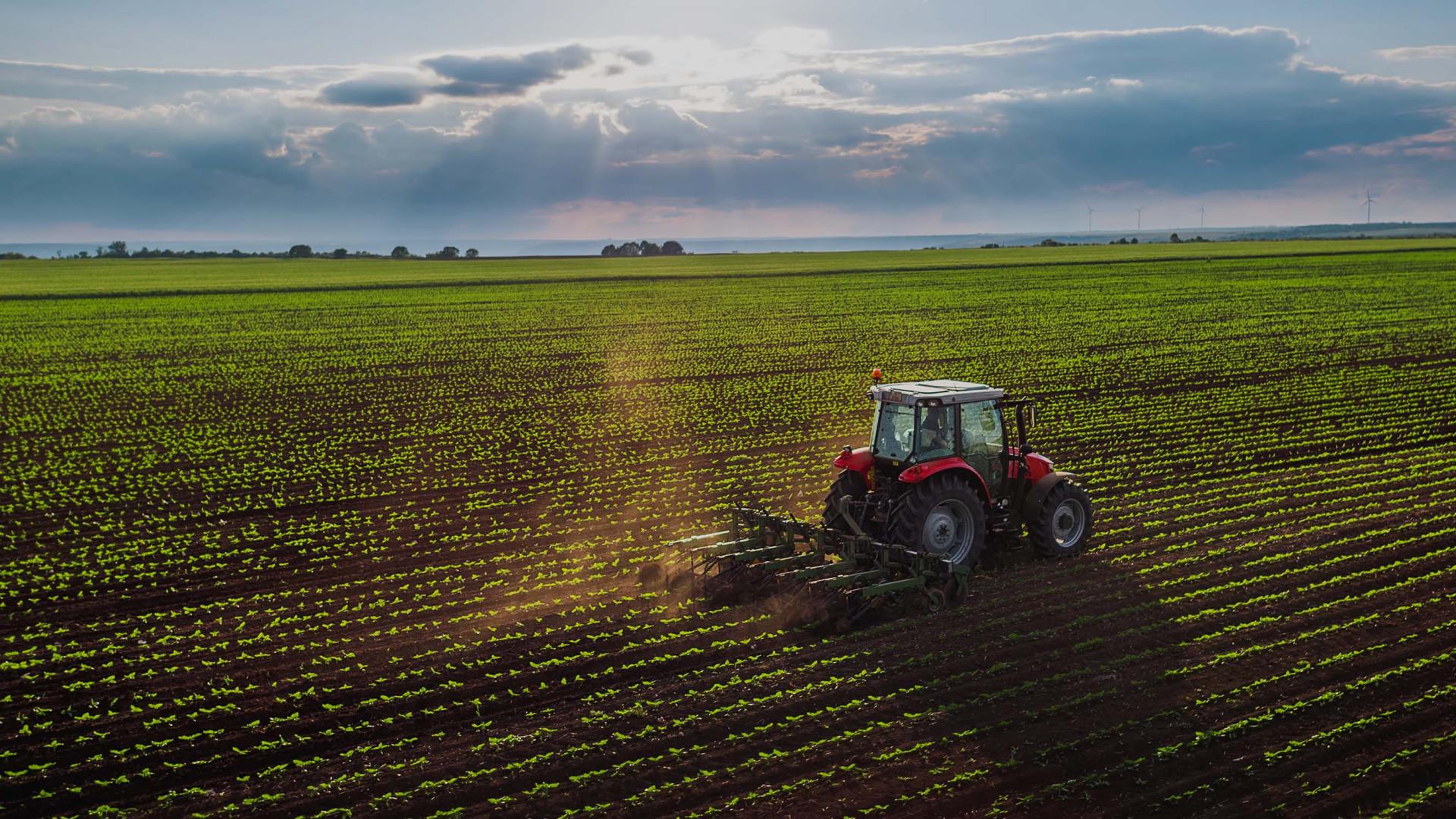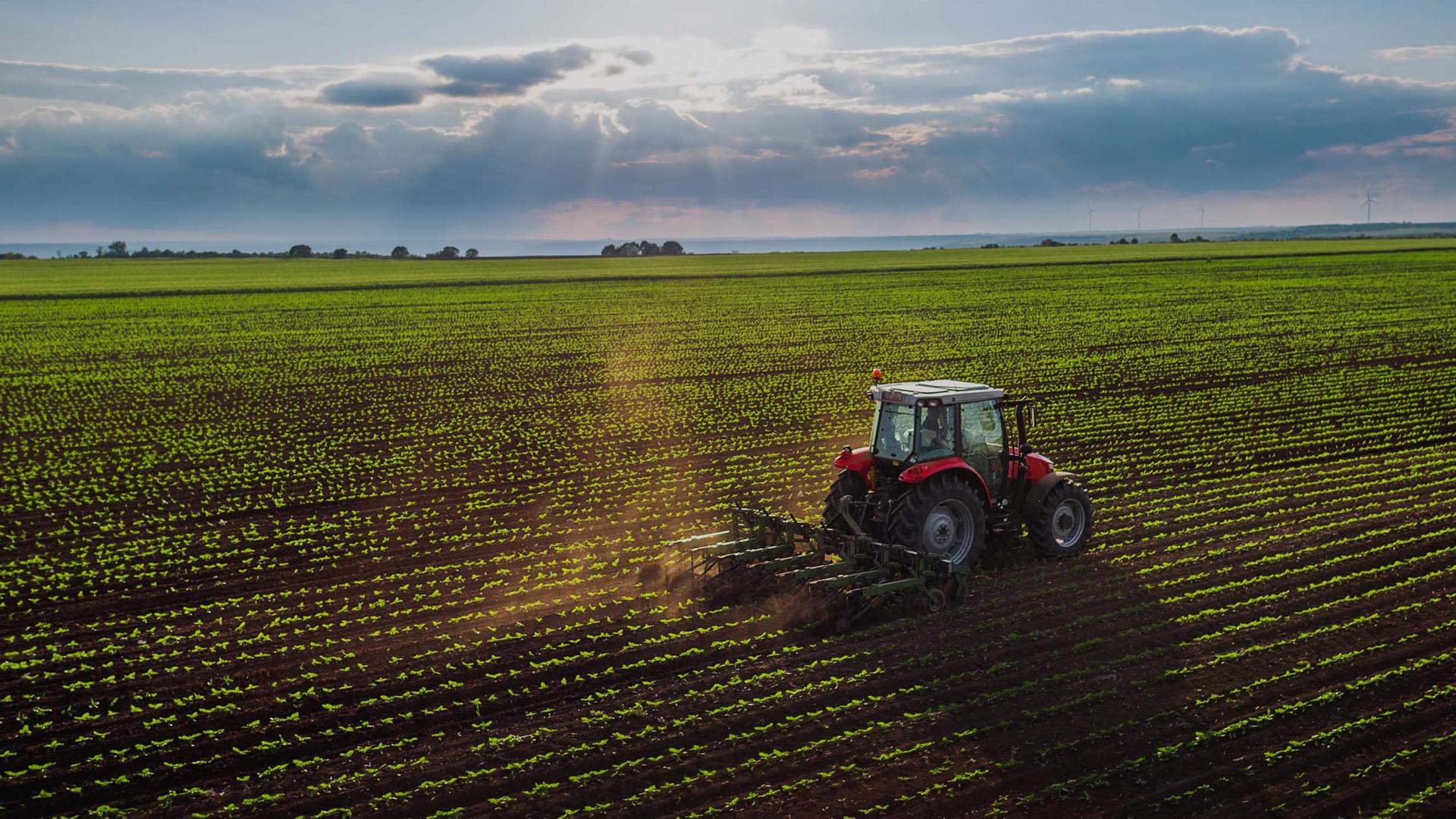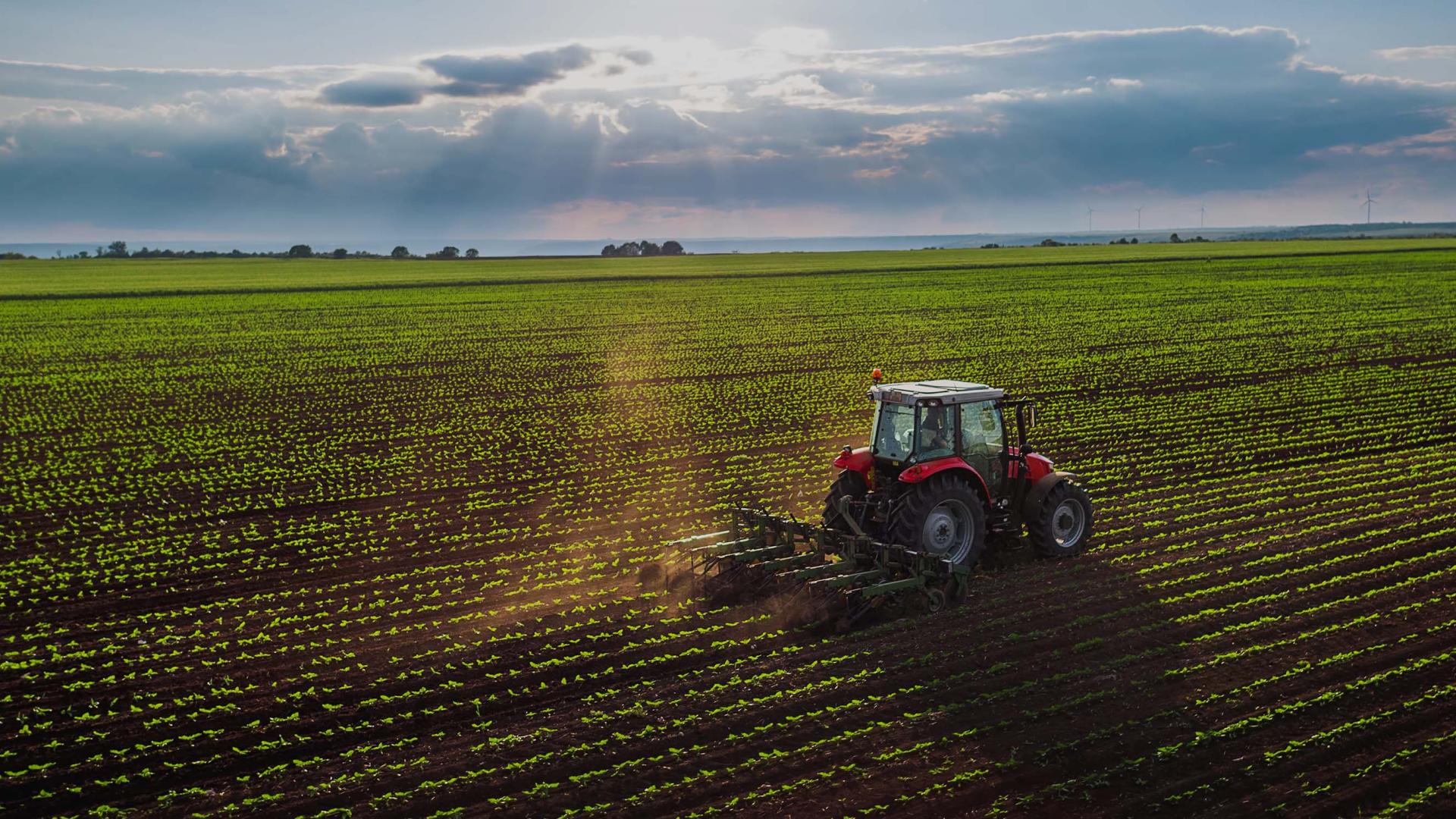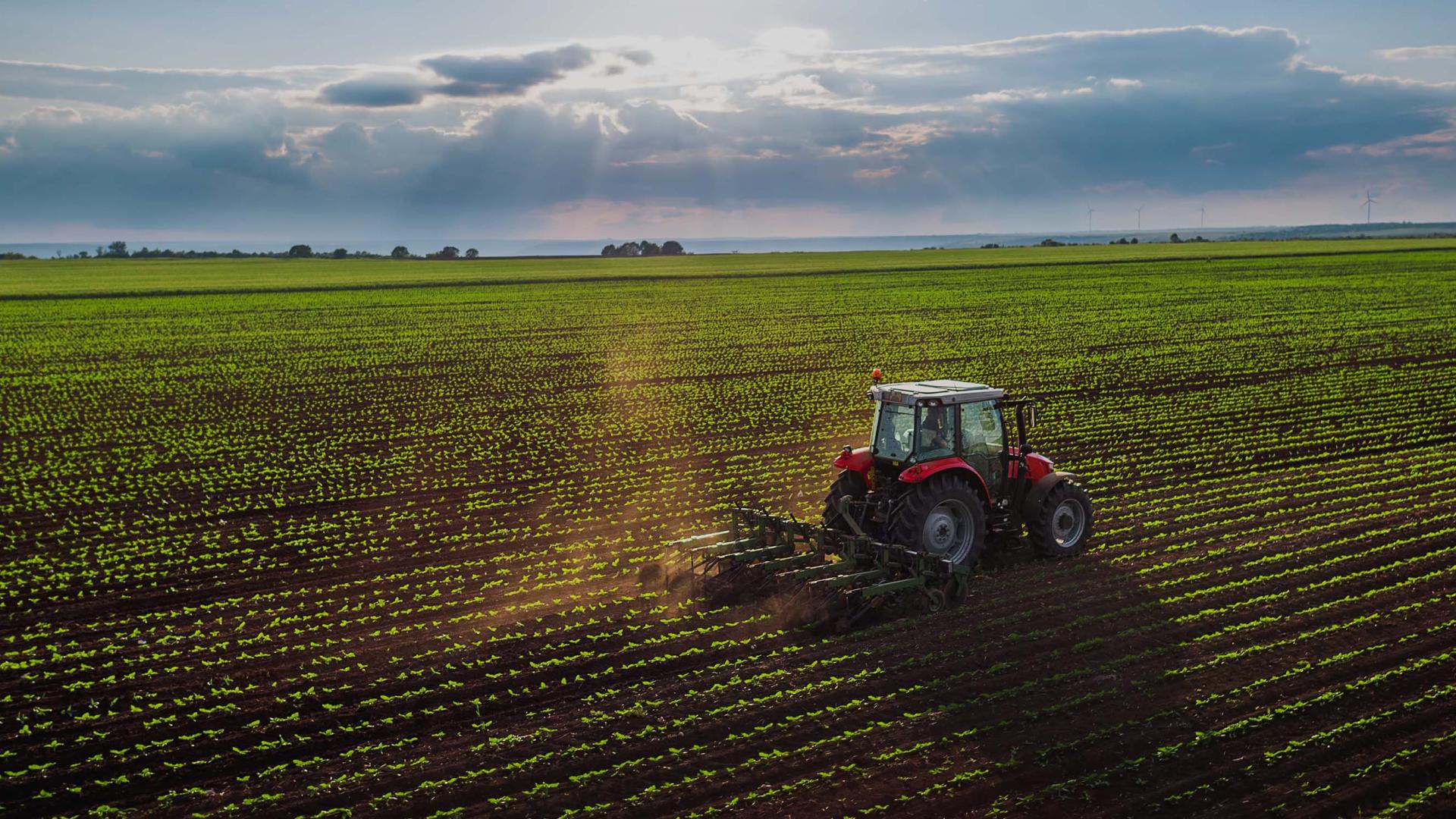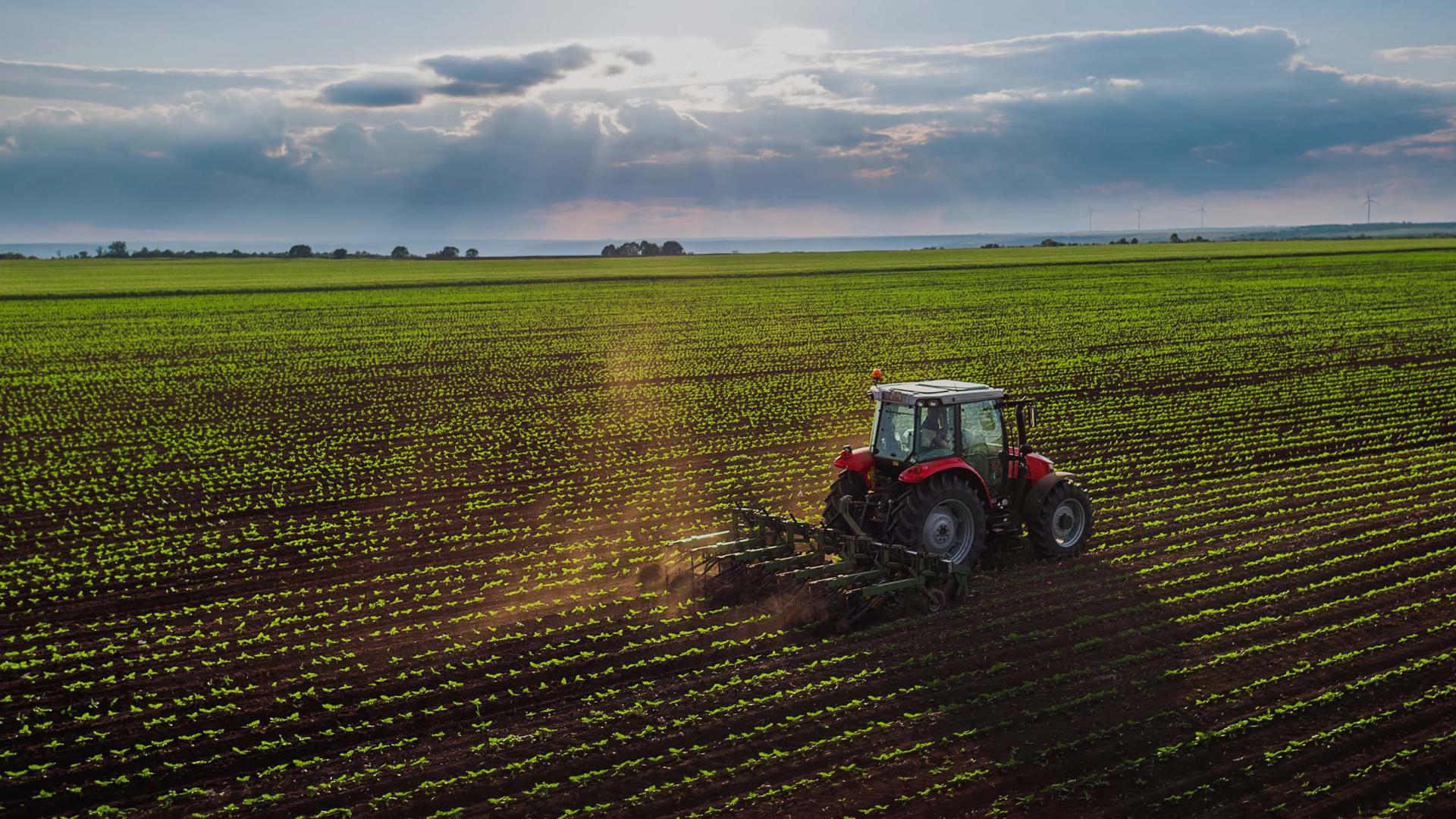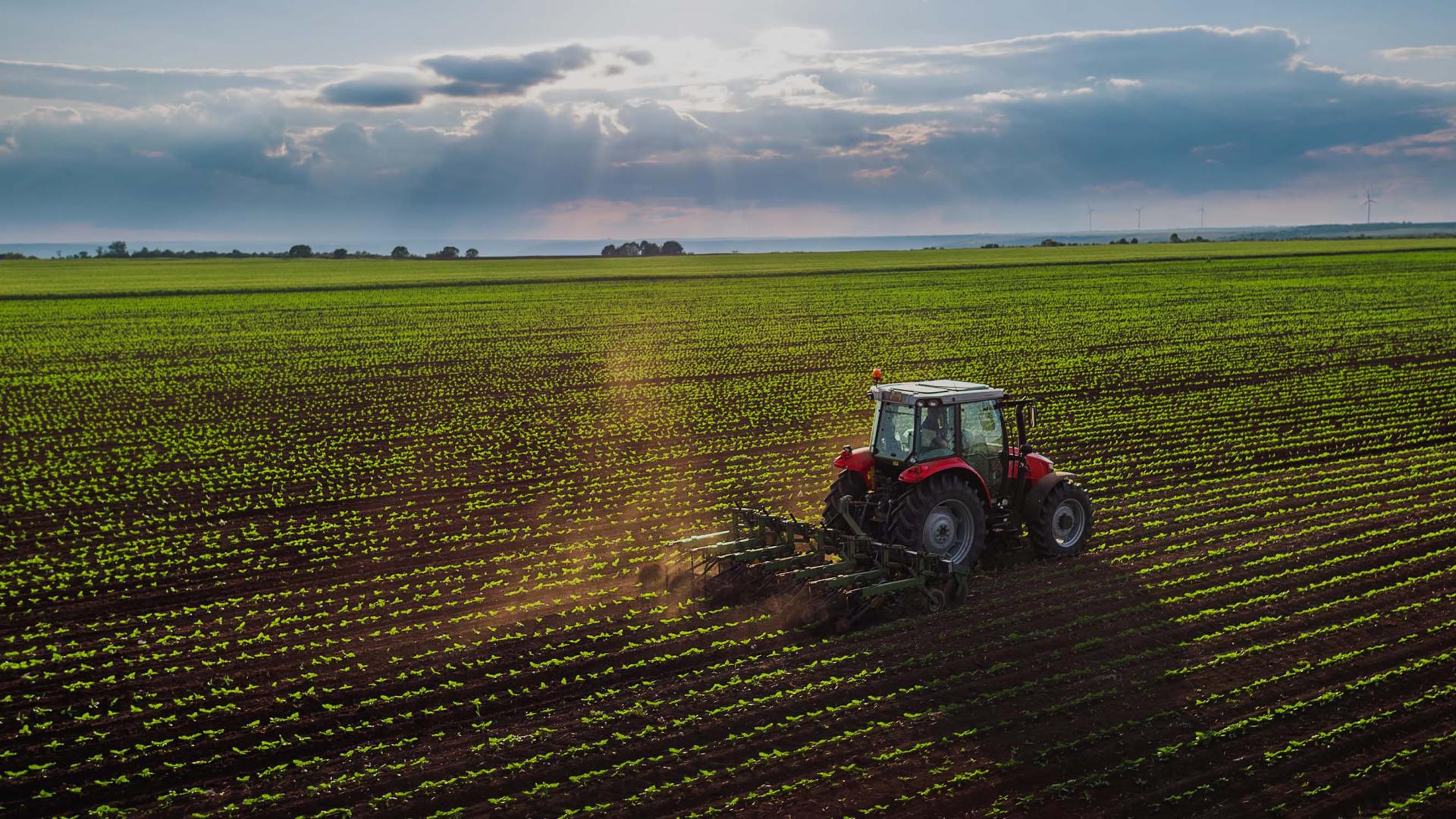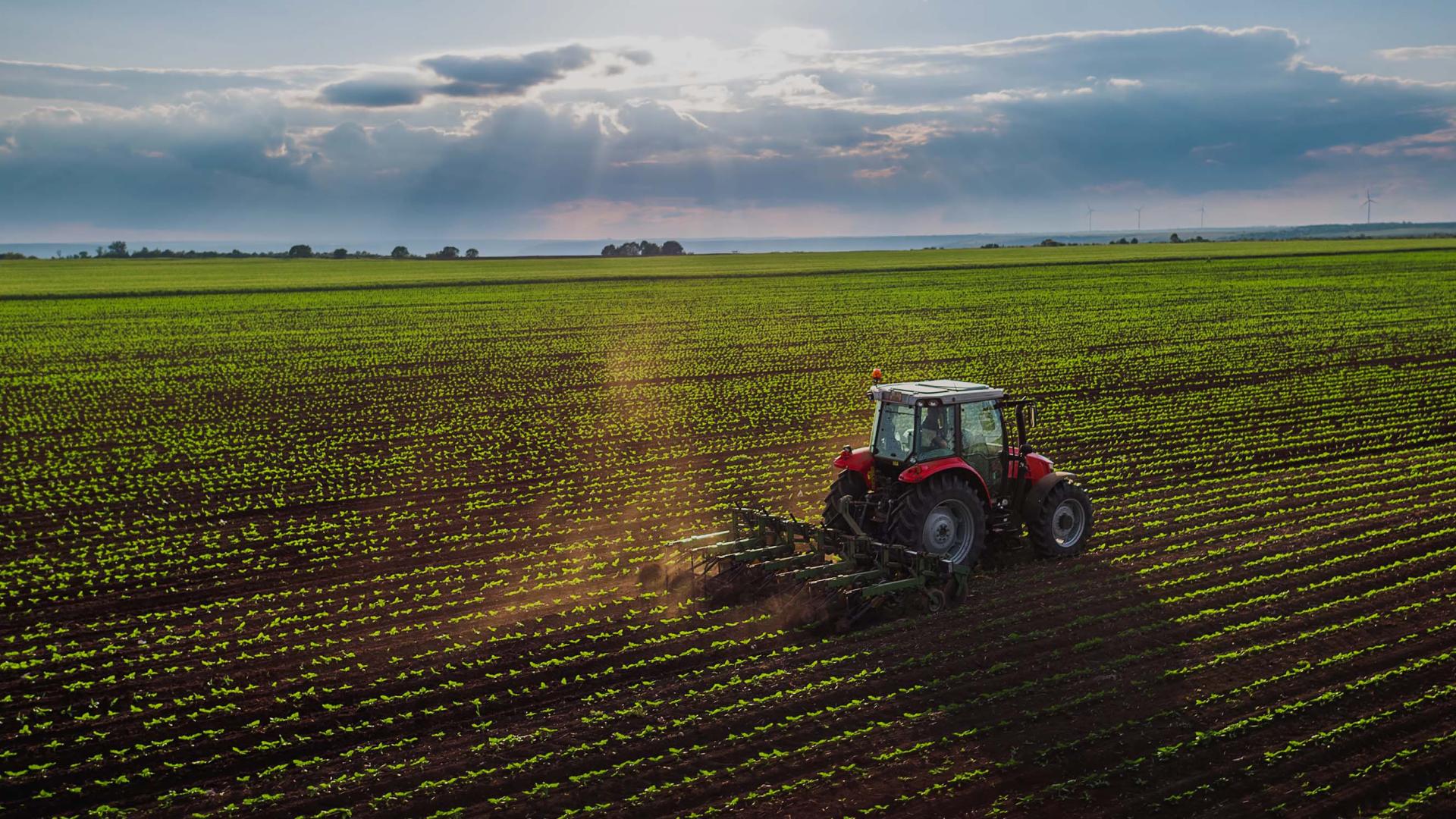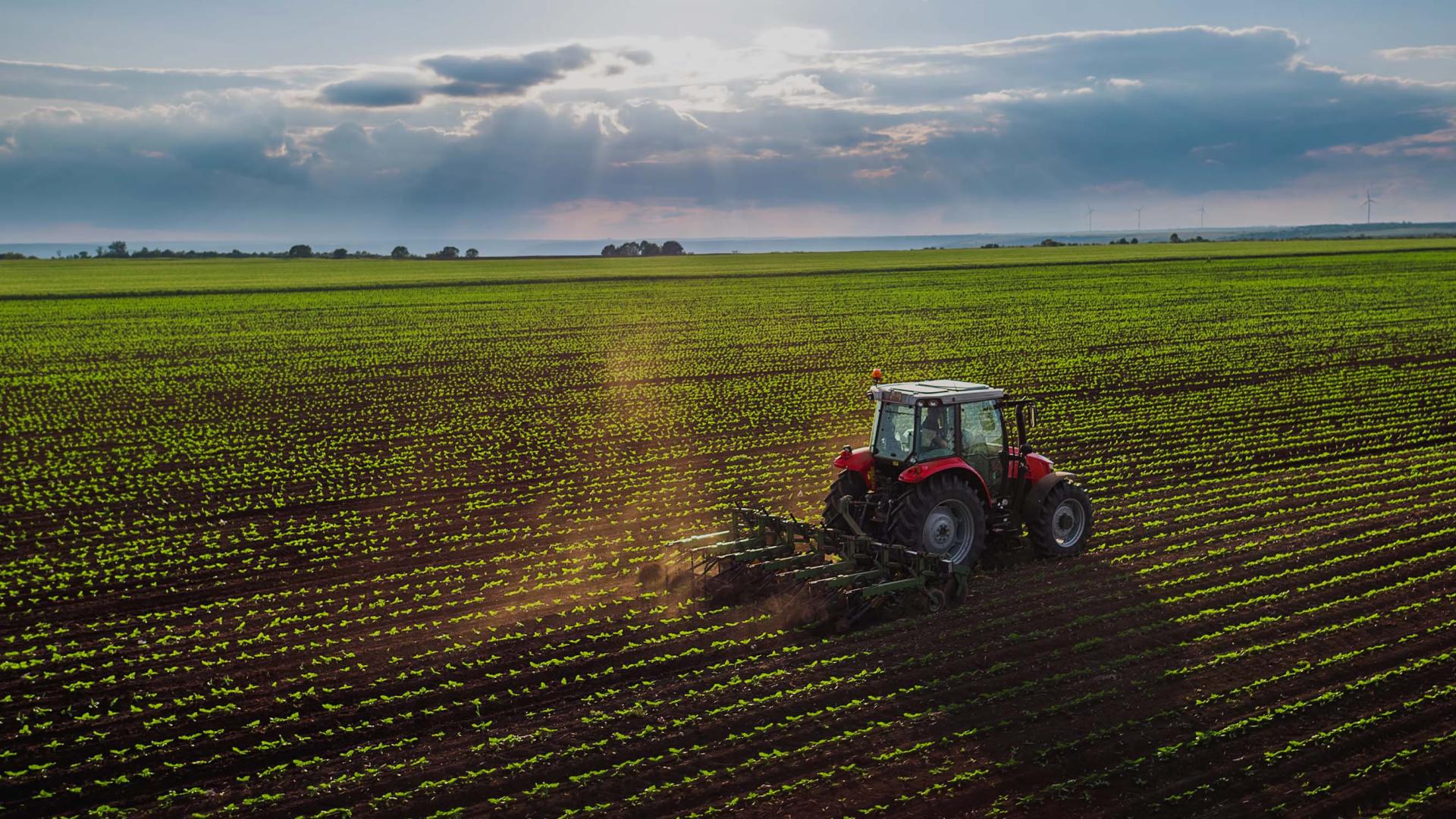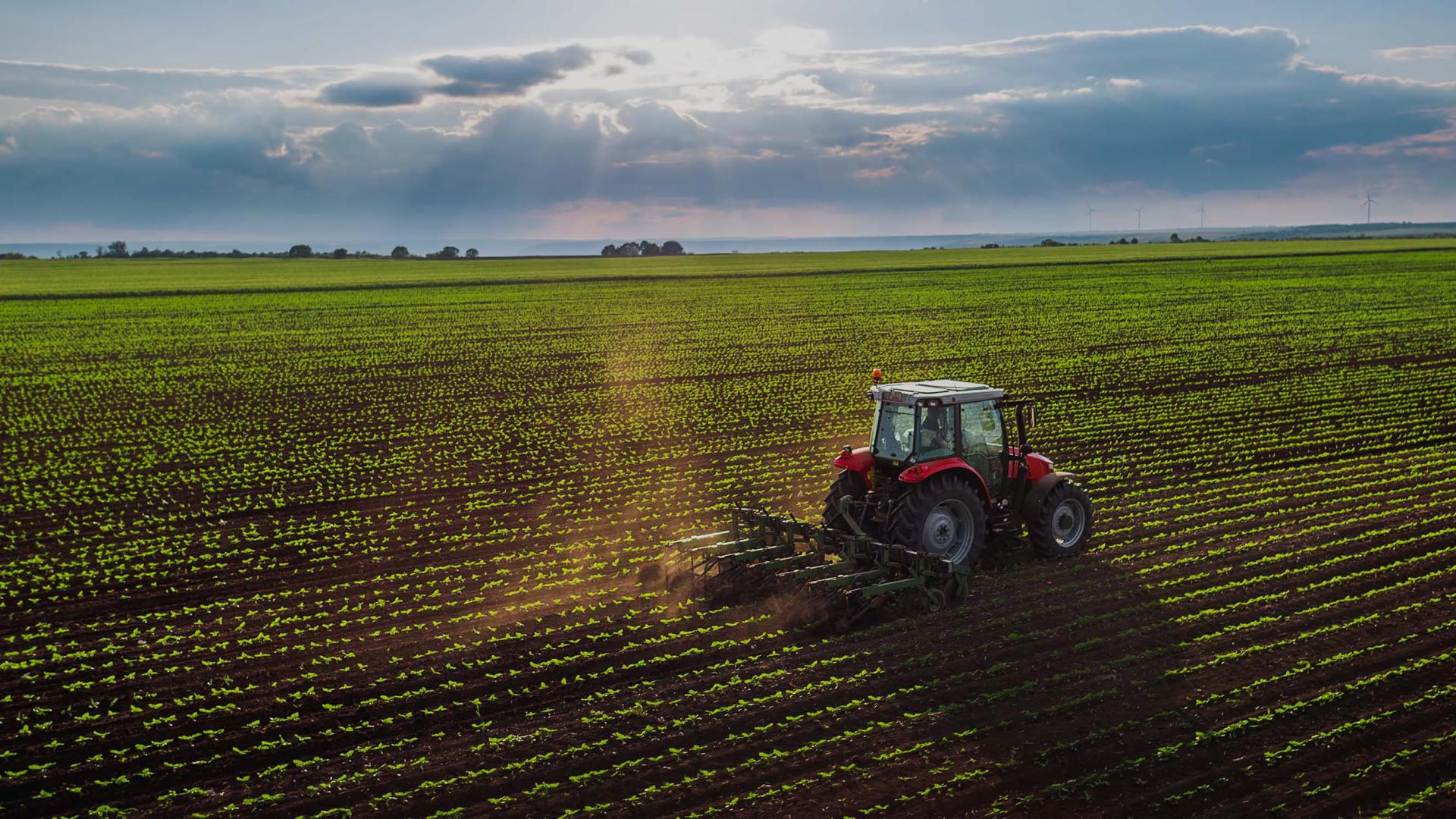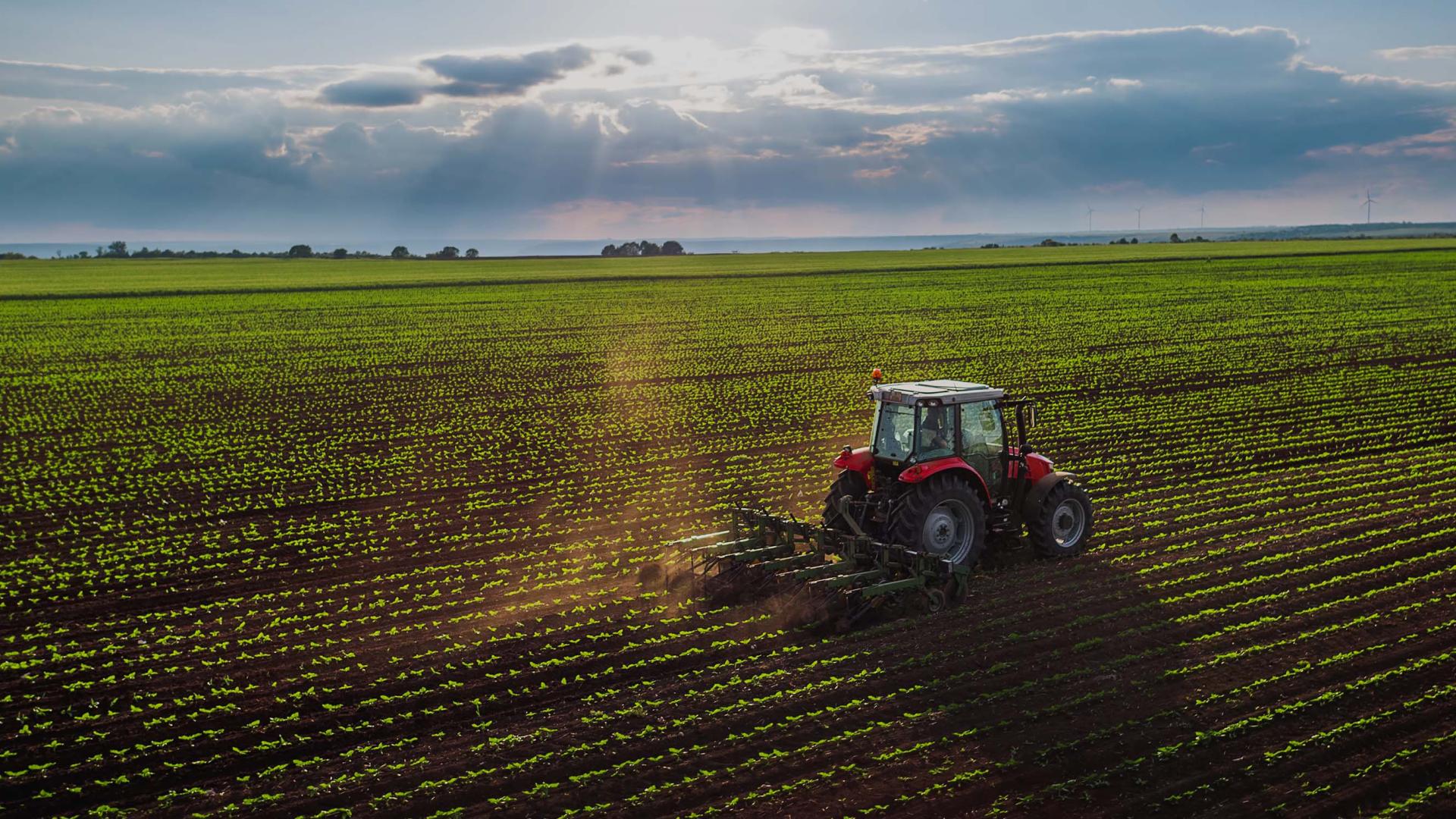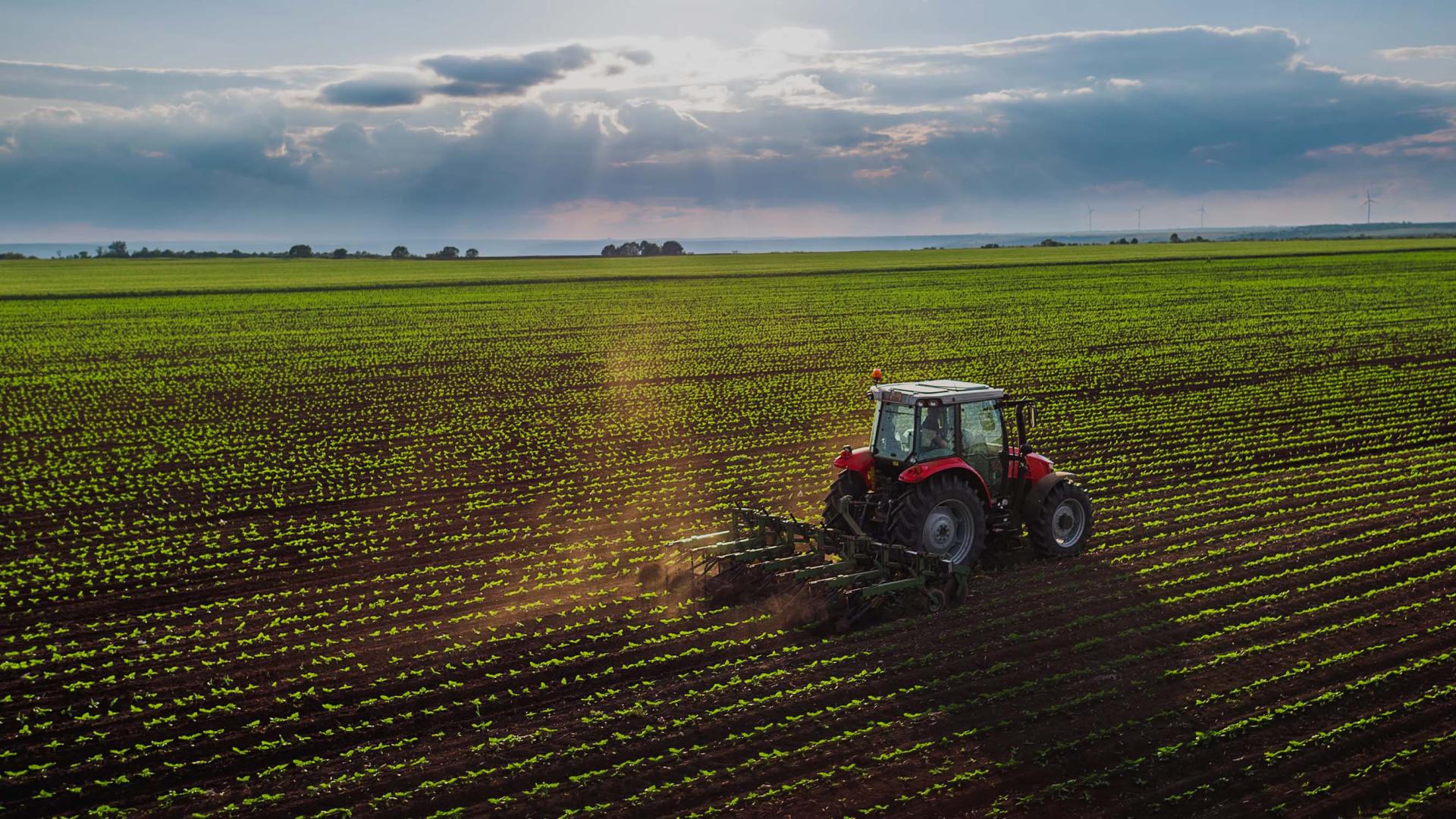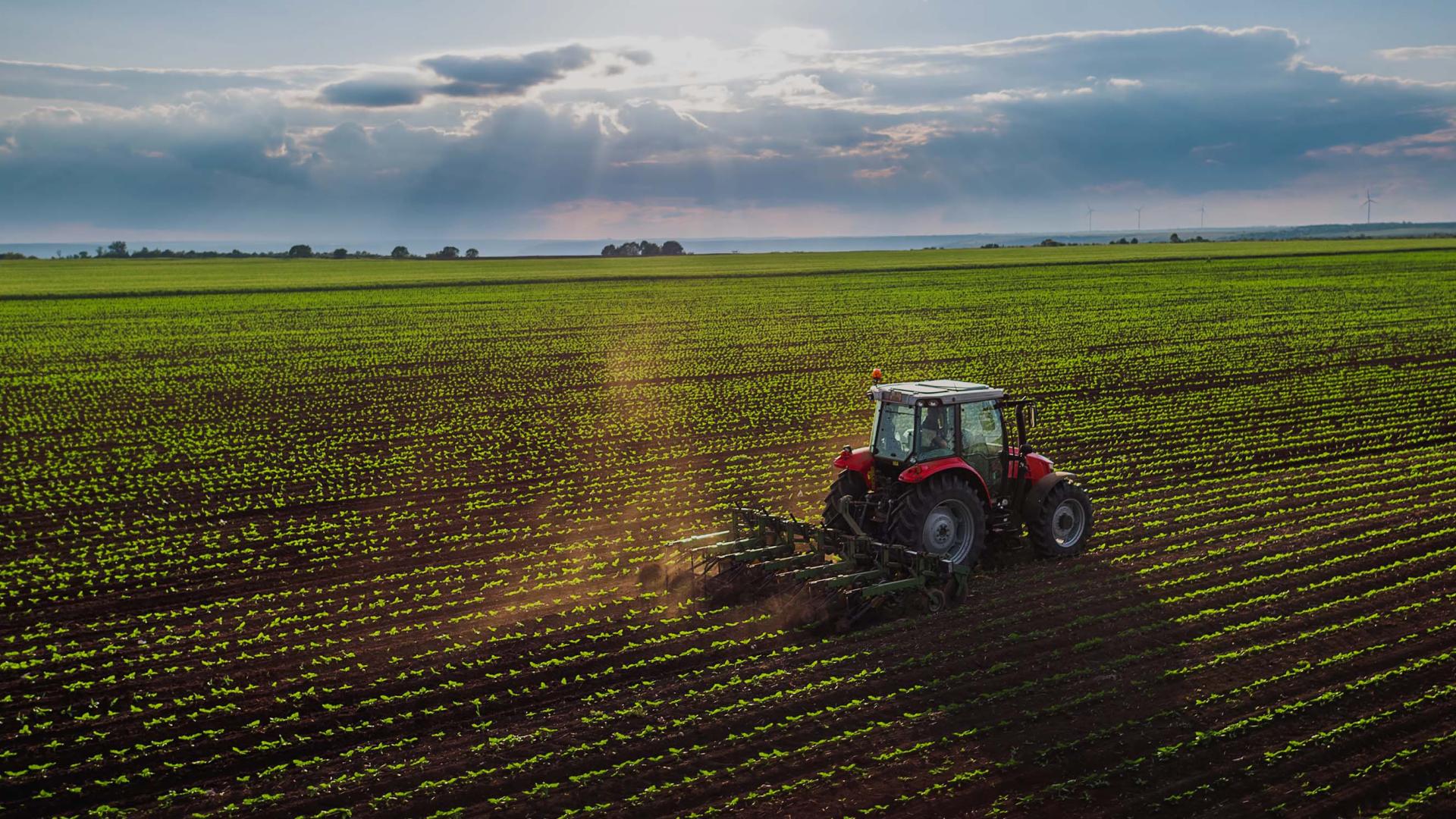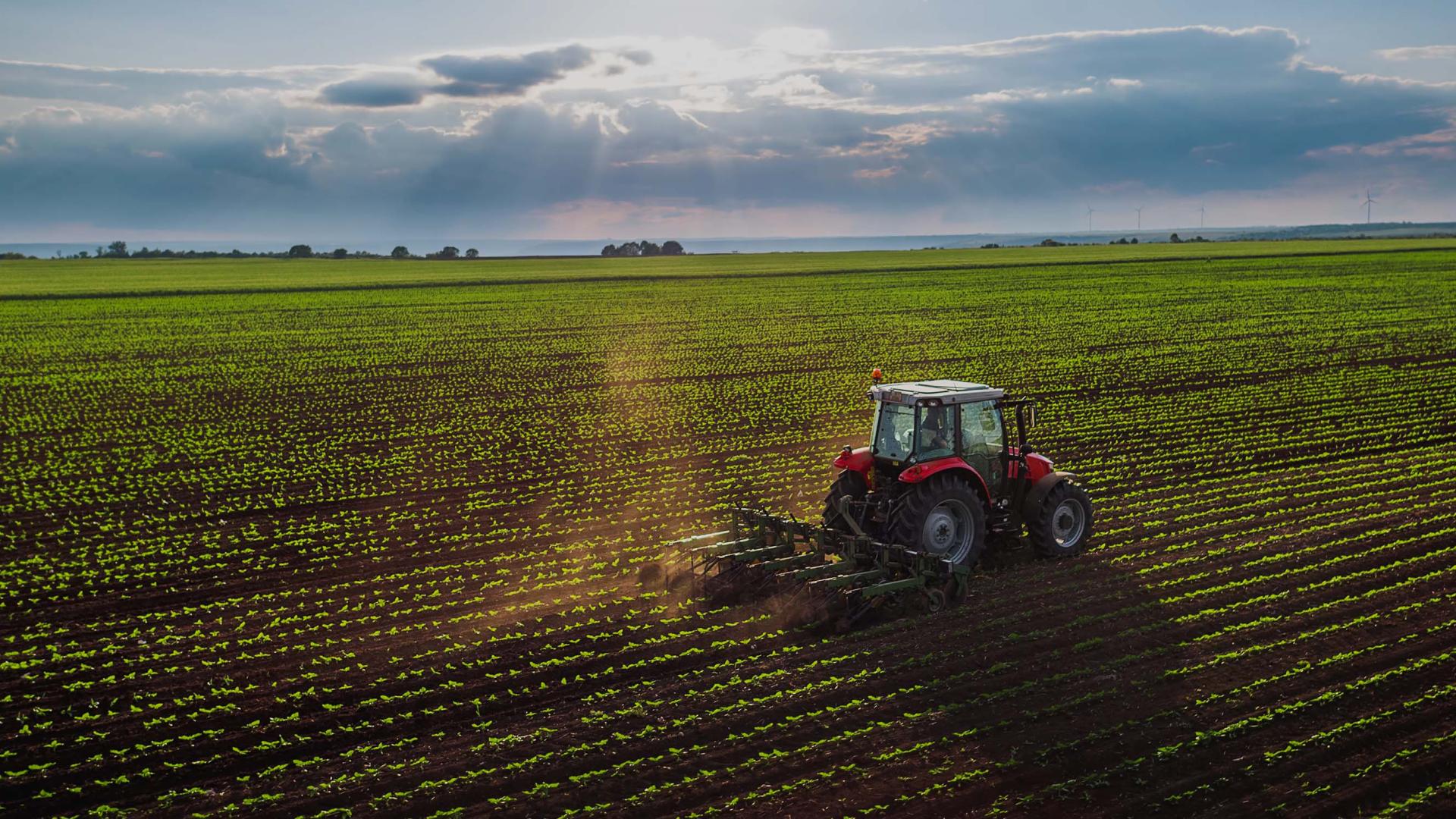Farm shops represent a unique blend of agricultural production and retail commerce, creating distinctive insurance needs that standard bus…
Farm Animal Disease Insurance: Protecting Your Livestock Investment
Farm animal disease insurance represents a critical component of agricultural risk management, providing essential financial protection against the devastating impact of livestock diseases. For UK farmers and agricultural businesses, understanding the complexities of animal disease coverage can mean the difference between surviving a disease outbreak and facing financial ruin.
Understanding Farm Animal Disease Insurance
Farm animal disease insurance is a specialized form of agricultural insurance designed to protect farmers against financial losses resulting from livestock diseases, mortality, and related business interruption. This coverage extends beyond basic livestock mortality insurance to encompass the broader financial implications of disease outbreaks, including quarantine costs, disposal expenses, and loss of income.
The insurance typically covers various types of livestock including cattle, sheep, pigs, poultry, and other farm animals against both notifiable diseases (such as foot-and-mouth disease, avian influenza, and African swine fever) and non-notifiable diseases that can significantly impact farm operations.
Key Coverage Areas
Disease outbreak coverage forms the foundation of farm animal disease insurance. This includes compensation for animals that must be culled due to disease, whether mandated by government authorities or necessary for disease control. The policy typically covers the market value of affected animals at the time of loss, helping farmers recover their livestock investment.
Business interruption protection addresses the income loss that occurs during disease outbreaks. When farms face movement restrictions, quarantine periods, or market disruptions due to disease, this coverage helps replace lost revenue from milk production, egg sales, meat processing, or breeding operations.
Disposal and cleansing costs represent a significant expense during disease outbreaks. Insurance can cover the costs of safely disposing of deceased animals, disinfecting premises, and implementing biosecurity measures required by veterinary authorities or government agencies.
Veterinary expenses associated with disease diagnosis, treatment, and prevention measures are typically covered, including emergency veterinary consultations, laboratory testing, vaccination programs, and ongoing health monitoring during outbreak periods.
Notifiable Disease Protection
Notifiable diseases pose the greatest threat to farm operations due to their severe nature and mandatory reporting requirements. Farm animal disease insurance provides crucial protection against diseases such as foot-and-mouth disease, which can result in the compulsory slaughter of entire herds and extended movement restrictions.
Avian influenza coverage protects poultry farmers against the financial devastation of bird flu outbreaks, including compensation for culled birds, lost egg production, and business interruption during recovery periods. The insurance recognizes that avian influenza outbreaks can affect farms for months, requiring comprehensive financial support.
African swine fever and classical swine fever coverage addresses the specific risks facing pig farmers, including the potential for entire herd culling and extended restrictions on pig movements and breeding operations.
Bovine tuberculosis insurance helps cattle farmers manage the ongoing challenges of TB testing, reactor compensation, and herd rebuilding following TB breakdowns, recognizing the long-term impact of this persistent disease.
Non-Notifiable Disease Coverage
While notifiable diseases receive significant attention, non-notifiable diseases can equally devastate farm operations. Farm animal disease insurance covers conditions such as mastitis in dairy herds, respiratory diseases in livestock, and digestive disorders that can significantly impact productivity and profitability.
Reproductive diseases that affect breeding success, pregnancy rates, and offspring survival are covered, recognizing their long-term impact on farm sustainability and genetic improvement programs.
Metabolic disorders, nutritional diseases, and stress-related conditions that can affect large numbers of animals simultaneously are included in comprehensive disease insurance policies.
Business Interruption and Consequential Loss
Disease outbreaks create ripple effects throughout farm operations, extending far beyond immediate animal losses. Business interruption coverage addresses the income loss during quarantine periods when normal farming activities cannot continue.
Market disruption protection helps farmers cope with reduced demand, price volatility, and supply chain interruptions that often accompany disease outbreaks in the agricultural sector.
Additional living expenses coverage assists farmers who must relocate animals, find alternative feed sources, or implement temporary housing solutions during disease management periods.
Loss of breeding potential compensation recognizes that disease outbreaks can destroy years of genetic improvement work and breeding program development.
Prevention and Biosecurity Support
Modern farm animal disease insurance increasingly emphasizes prevention and biosecurity measures. Policies may include coverage for implementing enhanced biosecurity protocols, upgrading facilities to prevent disease transmission, and investing in monitoring systems for early disease detection.
Vaccination program support helps farmers maintain preventive health measures, while quarantine facility coverage assists with the costs of isolating new animals or managing suspected disease cases.
Risk Assessment and Premium Factors
Insurance premiums for farm animal disease coverage depend on numerous factors including farm size, livestock types, geographical location, and historical disease patterns in the area. Farms in regions with higher disease prevalence or those near international borders may face higher premiums due to increased risk exposure.
Biosecurity measures implemented by the farm significantly influence premium calculations. Farms with robust biosecurity protocols, regular veterinary oversight, and comprehensive health monitoring systems typically qualify for reduced premiums.
Stocking density, housing systems, and farm management practices all factor into risk assessment, with intensive operations often facing different risk profiles compared to extensive farming systems.
Claims Process and Documentation
Successful claims processing requires meticulous documentation from the onset of any disease incident. Farmers must immediately notify both their insurance provider and relevant veterinary authorities when disease is suspected or confirmed.
Veterinary certification of disease diagnosis, treatment records, and mortality documentation form the foundation of any claim. Detailed records of affected animals, including identification numbers, ages, and values, are essential for claim assessment.
Financial documentation supporting business interruption claims includes production records, sales data, and evidence of ongoing expenses during the outbreak period.
Integration with Government Compensation
Farm animal disease insurance works alongside government compensation schemes for notifiable diseases. While government programs may provide basic compensation for compulsorily slaughtered animals, insurance can cover gaps in government support and provide additional protection for consequential losses.
Understanding the interaction between insurance coverage and government compensation ensures farmers maximize their financial protection while avoiding potential conflicts or coverage gaps.
Specialized Coverage Options
Breeding stock insurance provides enhanced protection for valuable breeding animals, recognizing their higher replacement costs and genetic value to farm operations. This coverage often includes protection for artificial insemination programs and embryo transfer activities.
Show and exhibition animal coverage protects valuable animals used for breeding, showing, or promotional activities, including coverage for animals traveling to shows or exhibitions where disease exposure risks may be elevated.
Organic farming operations may require specialized coverage that addresses the unique challenges of maintaining organic certification following disease outbreaks and the potentially higher costs of organic-approved treatments and management practices.
Emerging Disease Threats
Climate change and global trade patterns continue to introduce new disease threats to UK agriculture. Farm animal disease insurance increasingly addresses emerging diseases and exotic pathogens that may not yet be classified as notifiable but pose significant risks to livestock operations.
Antimicrobial resistance concerns influence coverage terms as farmers face restrictions on antibiotic use and must implement alternative disease management strategies that may be more costly but necessary for sustainable agriculture.
Technology and Disease Management
Modern disease insurance policies increasingly recognize the role of technology in disease prevention and management. Coverage may include support for implementing monitoring systems, diagnostic equipment, and data management tools that enhance disease detection and response capabilities.
Precision agriculture technologies that support animal health monitoring and early disease detection may qualify for premium reductions or additional coverage benefits.
Choosing the Right Coverage
Selecting appropriate farm animal disease insurance requires careful assessment of specific farm risks, livestock types, and operational characteristics. Farmers should work with experienced agricultural insurance specialists who understand the unique challenges of livestock operations and disease management.
Coverage limits should reflect the true value of livestock holdings, including breeding potential and genetic value, not just market prices for commercial animals. Adequate business interruption coverage should account for the potential duration of disease outbreaks and recovery periods.
Conclusion
Farm animal disease insurance provides essential financial protection for agricultural operations facing the ever-present threat of livestock diseases. As disease patterns evolve and new threats emerge, comprehensive insurance coverage becomes increasingly important for maintaining farm viability and supporting the UK's agricultural sector.
Farmers who invest in appropriate disease insurance coverage protect not only their immediate financial interests but also their long-term ability to continue farming and contributing to food security. With proper coverage in place, farms can focus on implementing best practices for animal health and biosecurity while knowing they have financial protection against the unpredictable nature of livestock diseases.
The investment in comprehensive farm animal disease insurance represents a crucial component of modern agricultural risk management, providing peace of mind and financial security in an industry where disease outbreaks can occur without warning and devastate operations that have taken generations to build.
Get Expert Advice on Farm Animal Disease Insurance
For specialist advice on farm animal disease insurance and comprehensive agricultural coverage, contact Insure24 today. Our experienced team understands the unique challenges facing UK farmers and can help you secure the protection your livestock operation needs.
Call us on 0330 127 2333 or visit www.insure24.co.uk to get your quote today.


 0330 127 2333
0330 127 2333

